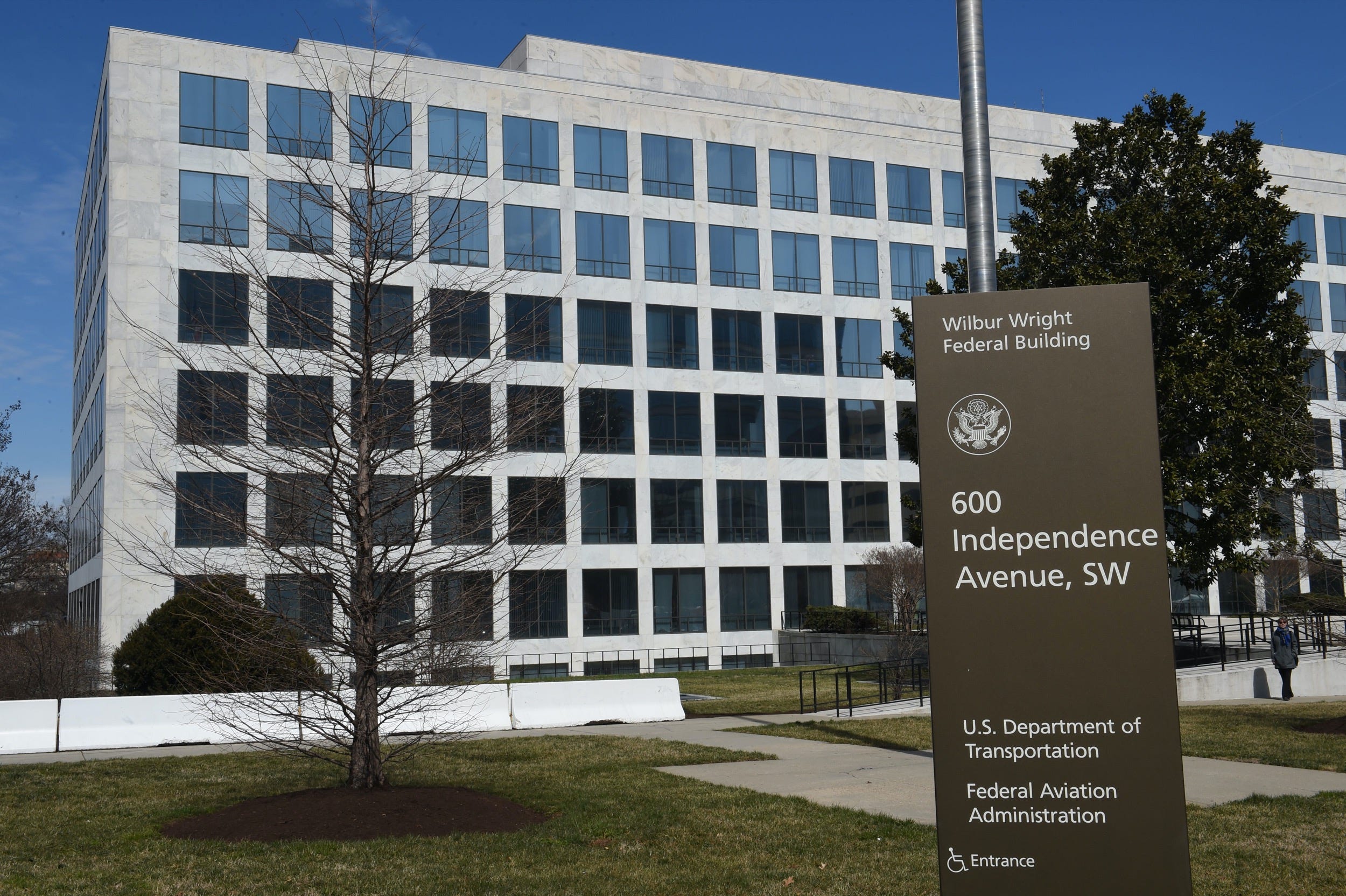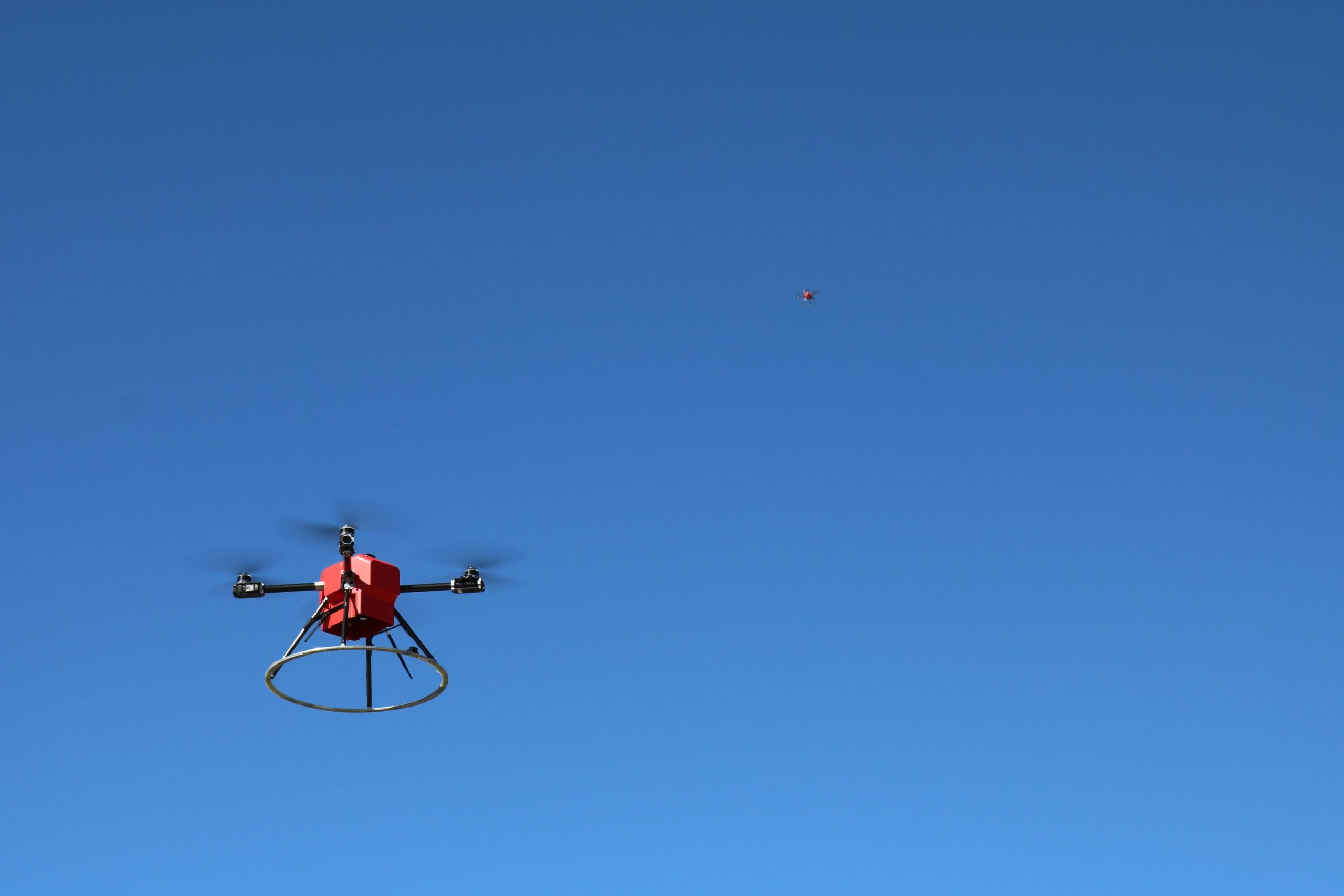
ERIC BARADAT/AFP/Getty
- The Federal Aviation Administration on Friday finalized a rule allowing commercial drones to fly without an operator on site.
- “Decades worth of promise and projection are finally coming to fruition,” said Reese Mozer, CEO of American Robotics.
- The first commercial uses will be outside cities, with drones helping on industrial and agricultural jobs, said American Robotics.
- Visit Business Insider’s homepage for more stories.
The Federal Aviation Administration on Friday finalized rules allowing fully automated drones to fly “over people,” moving drones a step closer to commercial use for agriculture, infrastructure repair, and eventually, deliveries.
The first commercial uses will be outside cities, with drones helping on industrial and agricultural jobs, said American Robotics, the first company to get approval.
“Decades worth of promise and projection are finally coming to fruition,” said Reese Mozer, CEO and co-founder, in a statement.
The newly finalized rule, ”Operation of Small Unmanned Aircraft Systems over People’,’ will also allow some autonomous drones to fly at night. It will take full effect 60 days after Friday’s publication in the FAA’s Federal Register.
The rule includes four categories of commercial drones that can fly over people, according to the FAA. The rules won’t immediately open up city skies for delivery companies like Amazon but they’re a step in that direction.
The City of New York, for example, had objected to city flights because it "is home to huge volumes of manned air traffic, skyscrapers which block and reflect signals, and one of the most complex and noisy radio frequency environments," according to the FAA.

American Robotics
Before Friday's update, most commercial drone flights required people flying the drones to be able to see them at all times, or "other burdensome restrictions," according to American Robotics. They also usually required one-off permissions, including waivers for flights over people. Many states also have their own regulations.
Now, autonomous drones can be placed out in the field, in base stations, where they can operate for multiple years without human interaction, said the company.
"With these approvals, American Robotics is ushering in a new era of widespread automated drone operations," Mozer said.
While Friday's rule allowed for more autonomous drone flights, it didn't remove human operators entirely, according to The Verge. Operators will still have to run safety checks before each flight, along with other tasks.
—FAA Drone Zone (@FAADroneZone) January 15, 2021
Friday's finalized rule was first proposed in February 2019, but the conversation about commercial drones dates back to at least 2012, according to the Electronic Privacy Information Center (EPIC.)
That organization had argued that any drone flying over a group of people should have to broadcast information including its location, purpose, and surveillance capabilities.
"In response to comments by EPIC and others, the FAA's final rule prohibits the operation of drones over 'open-air assemblies' unless the drone meets the broadcast ID requirements that takes affect in September 2023," EPIC said in a Friday statement.
Specific categories of drones will be able to fly over outdoor assemblies of people, provided they meet regulations. They can't, for example, contain any exposed rotating parts that would lacerate human skin on impact with a person.
Military and police forces around the US have widely used drones for various uses, including telling people to stay home during the pandemic.